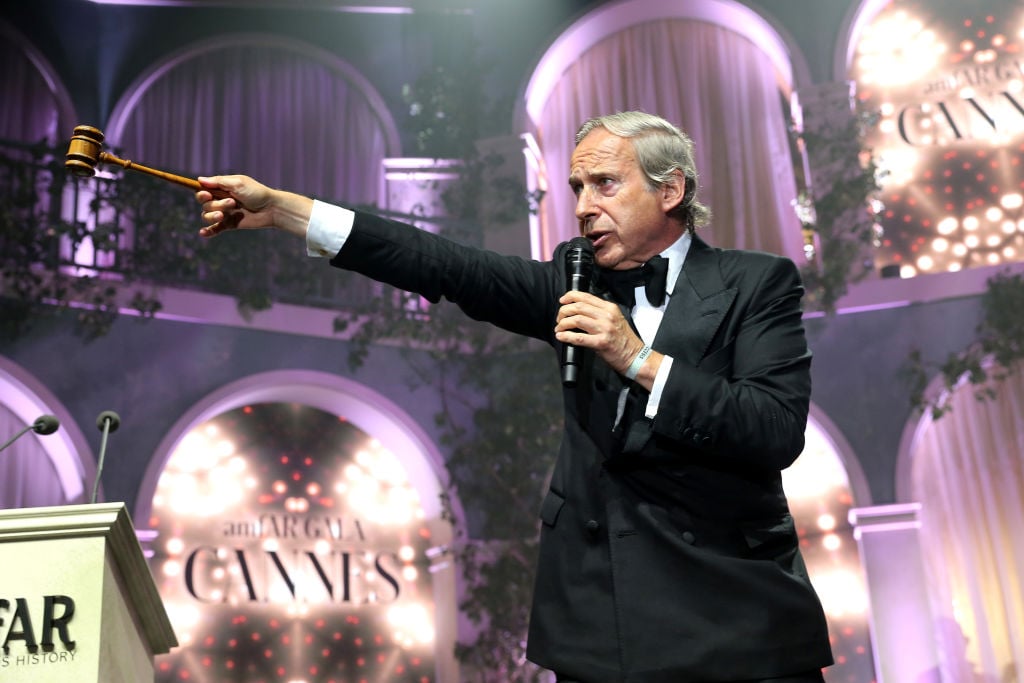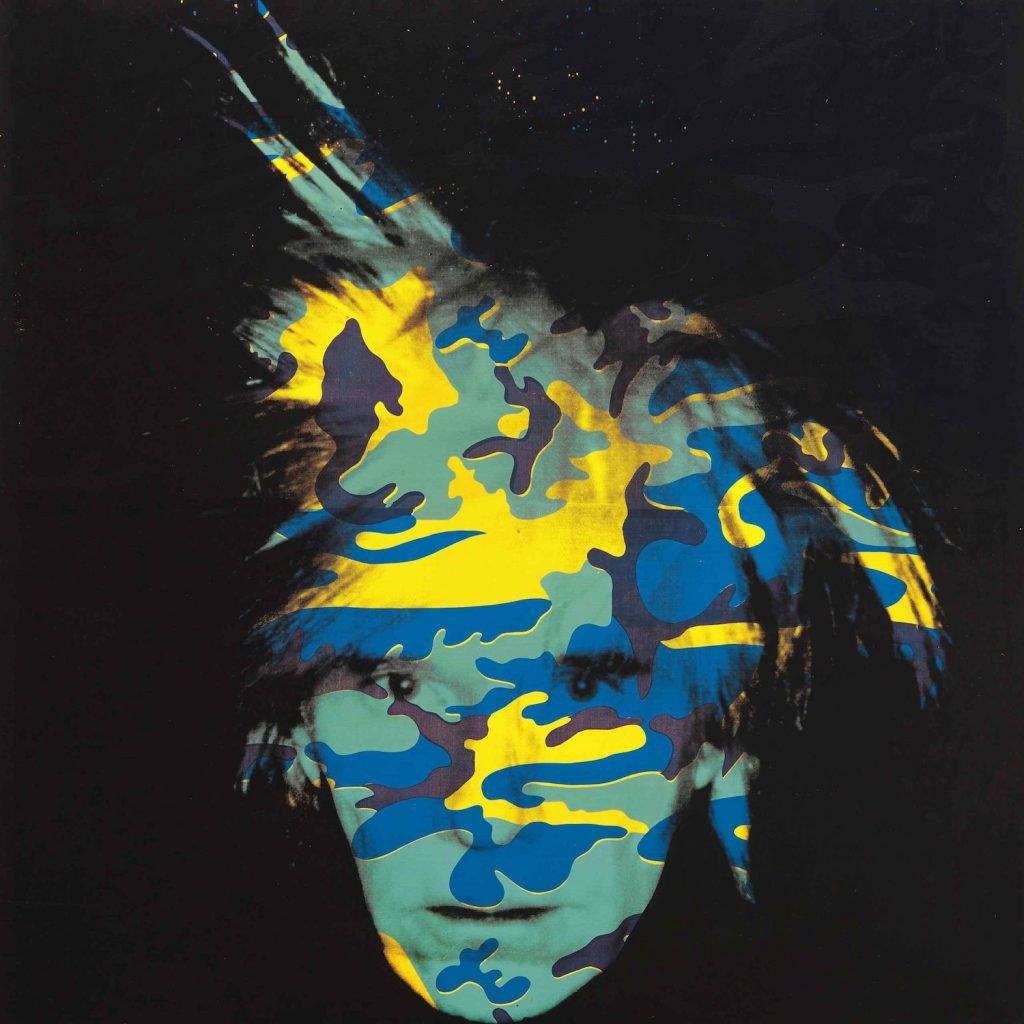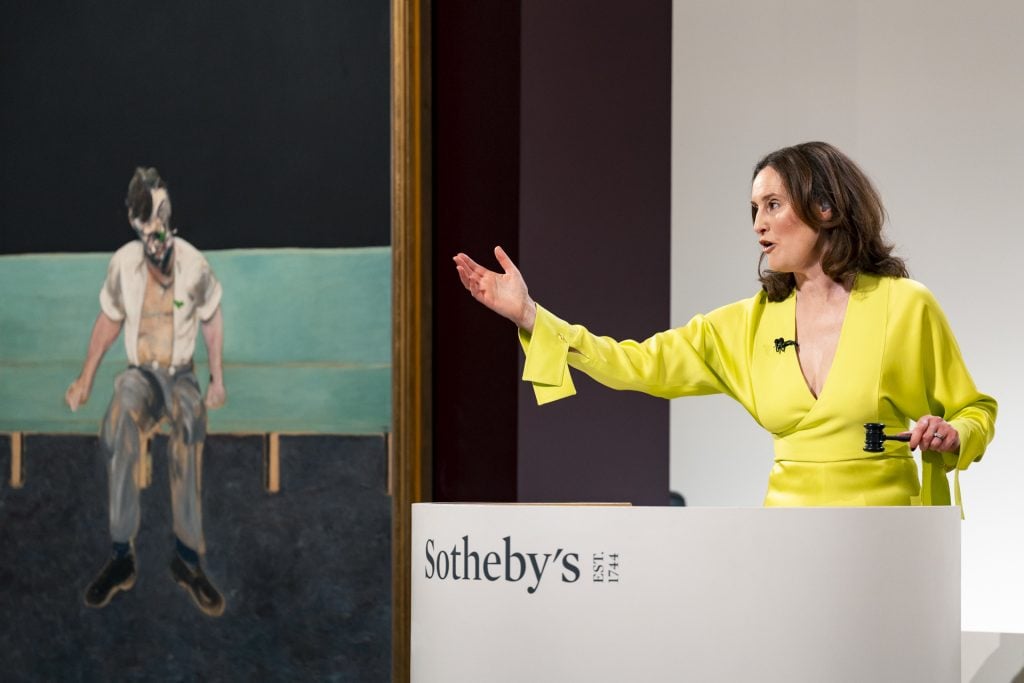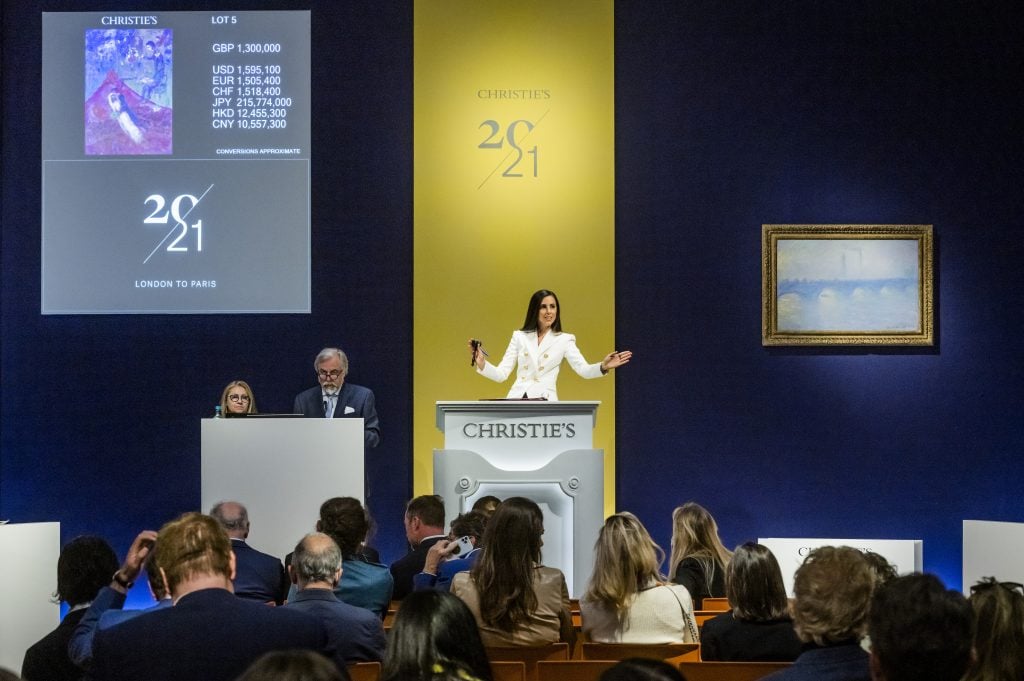The Hammer
Simon de Pury on Why He Remains Optimistic About the Art Market Despite Red Flag-Waving Economists
The current economic downturn isn’t the industry veteran’s first rodeo.

The current economic downturn isn’t the industry veteran’s first rodeo.

Simon de Pury

Every month in The Hammer, art-industry veteran Simon de Pury lifts the curtain on his life as the ultimate art-world insider, his brushes with celebrity, and his invaluable insight into the inner workings of the art market.
Even for an incurable optimist the events unfolding at the start of this decade and in particular during the first half of this year are, mildly put, depressing. The combination of a pandemic that seems far from over, a raging war, the start of an unprecedented famine, the acceleration of global warming, the loss of hard fought liberties for women, an ever stronger polarization in politics, a resurgence of homophobia, and a general trend towards totalitarianism and the reawakening of the worst demons of the 1930s are just a short catalogue of some of the issues challenging our world.
In the art world and the art market in particular we often give the impression of living in our own bubble or ivory tower. It is only when the general economic situation worsens that some protagonists begin to take notice. The combination of the highest inflation level in 40 years, the temporary collapse of the cryptocurrencies, the significant expected rise of interest rates, and an energy supply crisis, surely must have an impact at some stage on our highly privileged microcosm. Some hot shots in the finance world are privately warning that even our seemingly impervious art market will soon have to feel the effects of it all.

Andy Warhol, Self Portrait (1986). Image courtesy Sotheby’s.
The spring auctions in New York were extremely strong quality wise, with the second instalment of the Macklowe Collection and the exquisite collection of Anne Bass. The most highly priced top works are not only crucial for the marketing of the auction houses but also act as locomotives that pull up all the rest of the material. The “not wishing to miss the train” syndrome was in full operation with works that had been available on the primary market less than a year before for only a fraction of the price to the lucky few “serious” collectors who had been chosen by the galleries. Now was the chance for some of these serious folks to immediately flip the works and cash in on the heated competition between the numerous potential contenders that in some cases had not even been judged worthy enough to be waitlisted by the galleries. New records hammered in for practically still wet paint from Anna Weyant ($1.6 million), Avery Singer ($5.3 million), Christina Quarles ($4.5 million), and Shara Hughes ($2.9 million), to name but a few.
Just over a month later the London sales of Christie’s, Sotheby’s and Phillips took place under considerably different circumstances. Traditionally these sales have less strong works than the New York sales. Nor are they helped by their timing after Art Basel, when many people are already starting to think of their summer breaks. In a fast moving world a lot of things can happen within a few weeks. Between May and June the stock markets were in sharp decline and there was no sign of inflation slowing down. In this context the results of the London sales can be viewed as solid. There were less dramatic peaks for the category of emerging artists but they still managed to rake in healthy profits for their consignors.
There is a finite amount of truly outstanding works of art that can potentially ever come on the market. But when they eventually do, there is more money in the coffers of high net worth individuals than ever before. The number of billionaires has risen sharply over the last decades, and during the pandemic alone most of the super rich have become even richer. The conclusion therefore is that at the top end of the market at least we should witness an ever increasing demand and price levels that none of us imagined possible before. It is, however, the mid level quality works that are more likely to be hit in times of turmoil. How many people will be stuck holding hot potatoes for emerging artists when the interest for their work inevitably wanes after one or two auction seasons?

Francis Bacon’s £43.3 million portrait of Lucian Freud, the most expensive contemporary painting sold in London since 2014. Photo by Haydon Perrior, courtesy of Sotheby’s
There are very few people left in the art market who have known anything else than a market continuing to go up and up. The last slow down of the art market was in October and November 2008. The crash of the financial markets in early October was immediately felt in the percentage of works failing to sell in the main auction houses—i.e. not reaching their confidentially agreed reserve prices—climbing above 50 percent. This sudden stop however was of a very short duration. Strong results in the auctions of early 2009 meant that it was a sharp V-shaped recession and prices have been climbing up ever since.
Things were very different in June 1990. The May sales in New York that year had broken all records. In the meantime Japanese buyers who had principally been responsible for the ‘80s art boom withdrew all at once. The unsold rates of the June sales were around 54 percent. It took at least six to seven years thereafter for the art market to gradually recover. The sale rooms were always packed with people for the big evening sales but bidding was very scarce. There were no third party guarantees protecting all the star lots and I recall evenings when, besides the Nahmad or the Mugrabi families, there was hardly any bidding at all. By going against the prevailing mood back then, they laid the groundwork for their fabulous art holdings of today.
It was in 1974/75 that I did the Sotheby’s training scheme in the hope of getting offered a job at the end of it. Inflation was so bad back then and the economic climate so morose that Sotheby’s had to do a big round of redundancies. The last day of the Sotheby’s Works of Art course, I had still not been offered any job. In an act of desperate defiance I said I wouldn’t leave London before being offered a job. I started to work at the front desk in an unpaid capacity, knowing I could only hold out for a couple of months at most. Luck would have it that eventually a vacancy did open in extremis. These were the days when the British Rail Pension Fund started an art investment fund as a hedge against inflation. It was a revolutionary decision as in those days the financial world was eyeing the art market with a large degree of suspicion. It is only over the last two decades that financial institutions have begun to consider art as an alternative asset class.

London to Paris 20th/21st Century Evening Sales at Christie’s, London and Paris, June 28, 2022. Courtesy of Christie’s.
What always struck me during the few slowdowns of the art market that I have experienced in my 50 years in the market, is that very few of the most affluent collectors are not affected when the general mood suddenly switches. Even if they have the means and buy primarily out of passion they will be less likely to resist the prevailing atmosphere. Those who precisely in those moments go against the grain and are bold are ultimately the winners.
In the middle of the 2008 financial crisis I was asked to participate in a panel discussion with two economic Nobel prize winners. During the talk I said “regardless of whether you are an optimist or a pessimist, in the end you are always right.” One of them replied “what you just said equates to saying: my watch is broken but I don’t need to repair it since twice a day it indicates the correct time!” All this to say that I am ill equipped to consult my crystal ball for the fall let alone the coming years. However despite it all I would like to always take a long term view and stay resolutely optimistic.
Simon de Pury is the former chairman and chief auctioneer of Phillips de Pury & Company, former Europe chairman and chief auctioneer of Sotheby’s, and former curator of the Thyssen-Bornemisza Collection. He is now an auctioneer, curator, private dealer, art advisor, photographer and DJ. Instagram: @simondepury